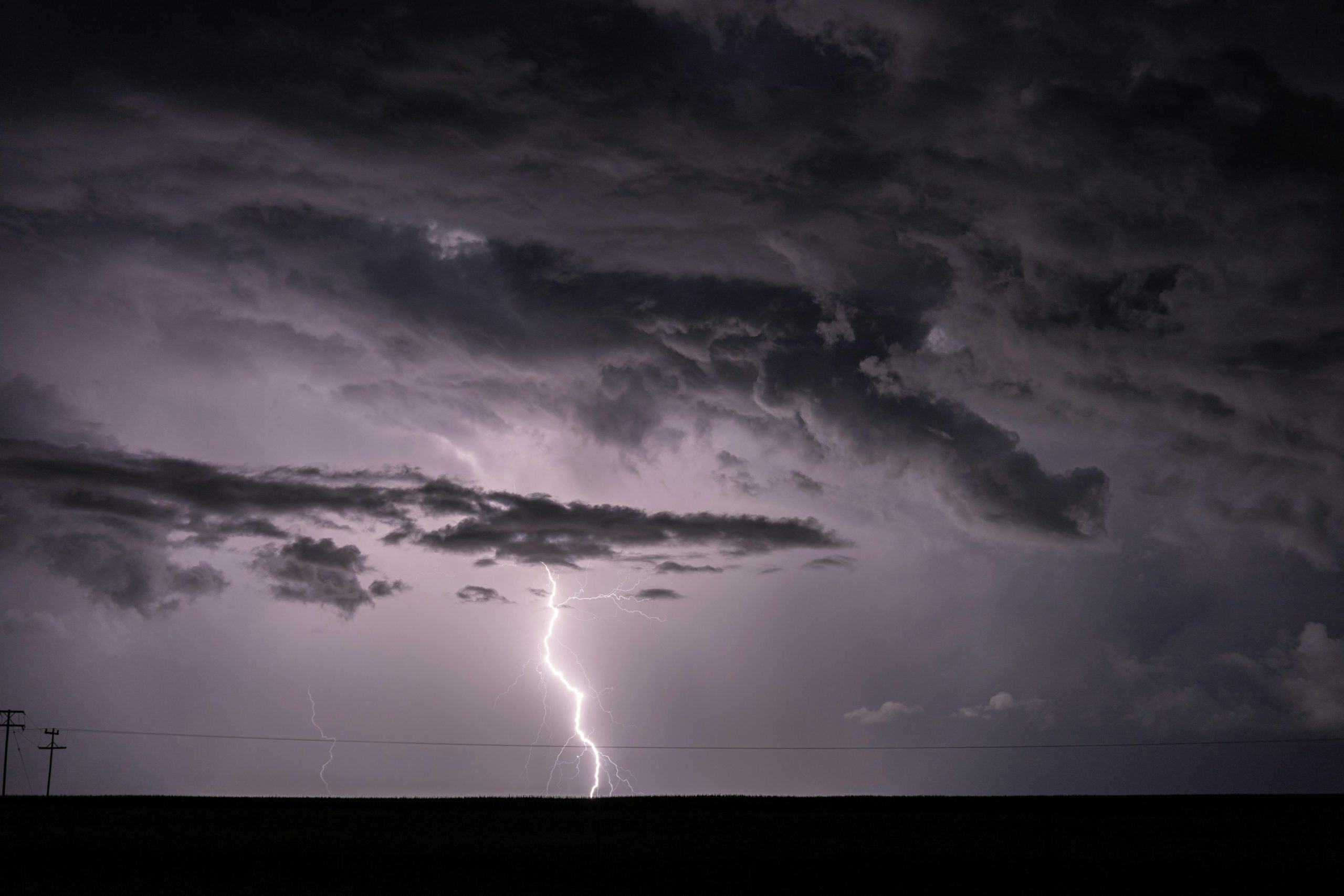The Unnamed Street
In Reading, there’s a street that truly embodies the essence of the town. Here’s a glimpse into its character, along with a timeless cautionary tale…
Read more here

The Unnamed Street
In Reading, there’s a street that truly embodies the essence of the town. Here’s a glimpse into its character, along with a timeless cautionary tale…
Read more here
You must be logged in to post a comment.
It sounds like “The Street With No Name” is a captivating piece that delves into the unique character of Reading! I’m intrigued by how a single street can embody the essence of a whole town. The warning aspect also piques my interest—what lessons or insights does it convey? I’ll definitely check out the link to gain a deeper understanding. Thanks for sharing!
What an intriguing exploration of an unnamed street in Reading! Streets often hold stories that go beyond their physical presence, serving as reflections of the community’s history and character. This particular street seems to capture the notion that not every place needs a name to tell a rich narrative.
It would be interesting to consider the implications of anonymity in urban design and planning. How might streets without names impact navigation, community identity, or even local development? Additionally, this cautionary tale hints at broader themes—perhaps about the invisibility of certain aspects of our neighborhoods. It would be valuable to discuss how we can ensure that all streets, named or unnamed, are recognized for their contributions to the cultural tapestry of our towns. Has anyone experienced similar unmarked places that evoke strong memories or sentiments?
What an intriguing post! The concept of a “Street With No Name” offers rich symbolism that resonates well beyond its literal interpretation. It reflects the idea that some places can hold significant meaning and history, even if they lack traditional labels or recognition.
This street could symbolize the overlooked aspects of our communities—the tales and lives woven into our urban landscapes that often go unnoticed. I wonder how other towns or cities confront similar hidden gems or areas of significance that may not make it onto maps. It would be fascinating to explore how these unnamed streets contribute to local identity and community heritage.
Additionally, considering the cautionary aspect you’ve mentioned, it prompts us to think about the implications of neglect and the importance of preserving these spaces. Perhaps we could initiate a community project to document and celebrate such places, giving a voice to their stories and ensuring they’re remembered and cherished. What do you think?
What a fascinating exploration of an urban space that challenges our perceptions of identity and place! Streets without names often carry rich histories and local stories that may not be captured in official maps but are deeply embedded in the community’s fabric. It would be interesting to delve into how such unnamed streets influence local navigation, community cohesion, or even cultural storytelling. Additionally, they serve as a reminder that not all places need formal recognition to be meaningful. Thanks for sharing this intriguing perspective—looking forward to Reading more about the street’s character and its role within Reading’s unique landscape.